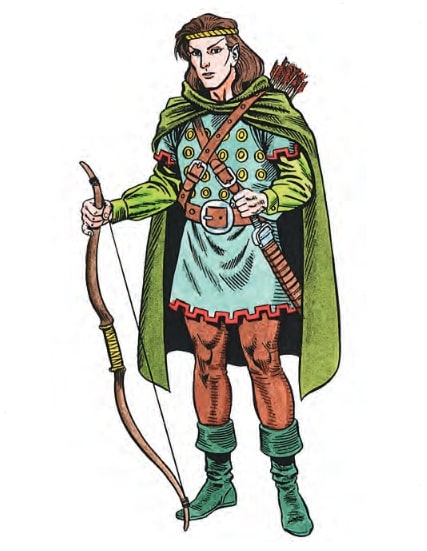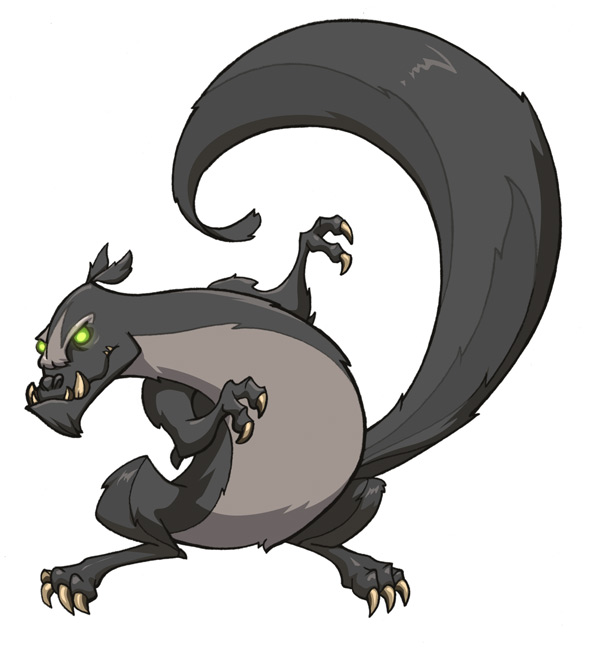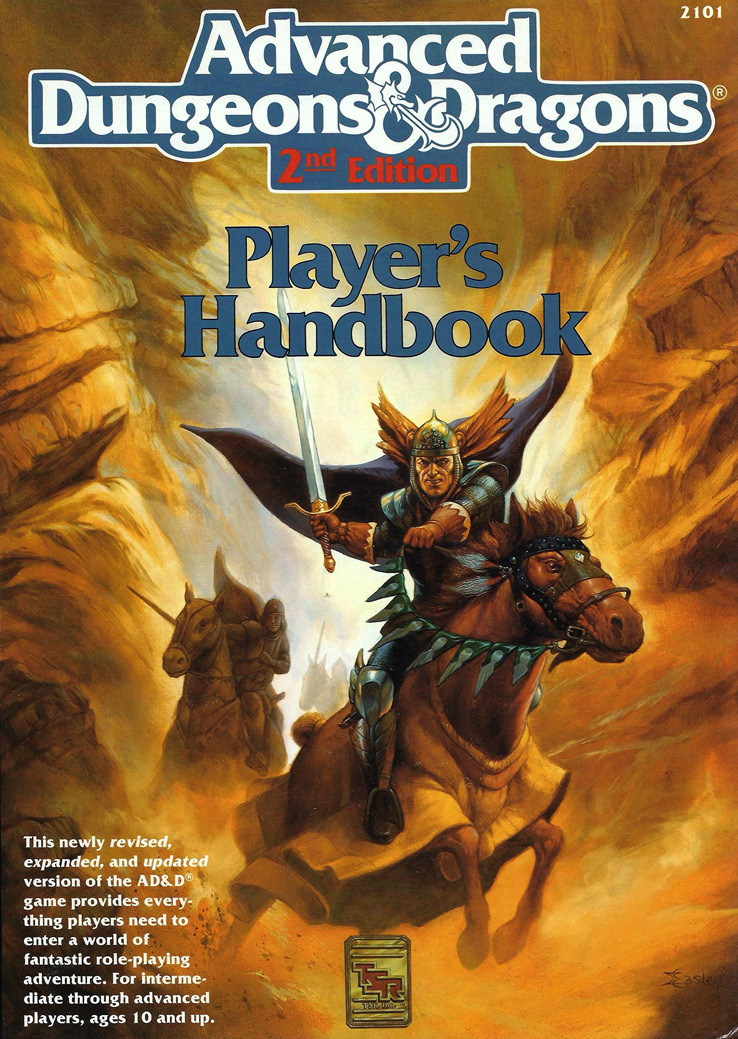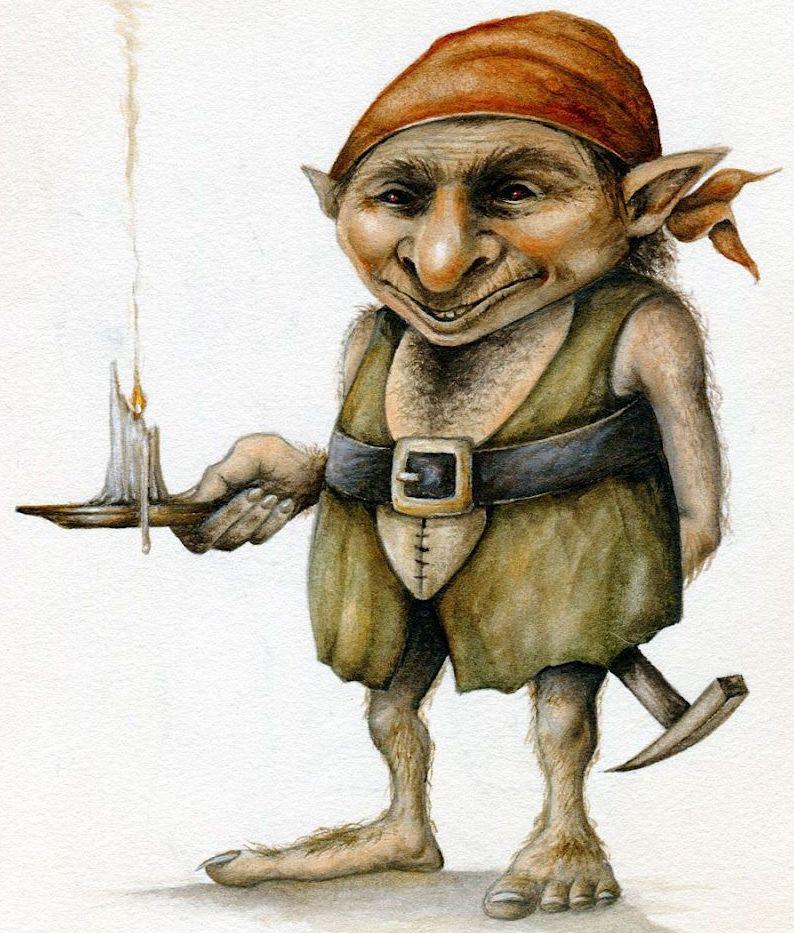Of Coral and Seafoam
Back when I played 2E AD&D, I enjoyed tweaking the races and classes to fit a specific vision for a campaign world. Sure, dwarves in the Forgotten Realms might have X, Y, and Z, but dwarves in my world don’t. Instead, they have A, B, and C. I did the same thing for monsters. In one campaign world, my ghouls weren’t undead. Instead, they were cannibals who gradually mutated in feral humanoids. My giant rats possessed almost human levels of intelligent, and they continued to grow through their lives, introducing something akin to dragon-like age category for monstrous rodents.
In the Tanelorn Keep Player’s Guide, I’ve re-imagined elves as a seafaring race of warrior-poets. Deep Sashelas, the elven deity, created elves from coral and sea foam, giving them traits in common with dolphins and sharks. Consequently, my take on elves differ in some ways substantially from elves as described in the 2E Player’s Handbook.
Elves
Deep Sashelas created the elves from coral and seafoam, and blessed them with the playful heart of a dolphin and the predatory calm of a shark. These poet-warriors built cities and ships. The First Age began when elven longships cut through the waves from Avallen, the elves’ ancestral homeland, to land on the Western Shore.
The elves conquered most of Belgica and Gaal, imposing elven administration over the disparate human tribes of the region. The elves controlled the region from the Western Shore to the Duna, along the shores of which they built several fortress-cities to guard against the militaristic dwarven clans that were consolidating their control over the mountains lands and plains of the East.
The First Age ended when those dwarven clans forded the Duna to wage a war of conquest against the elves. Many humans sided with the dwarves, adding civil war to the chaos caused by dwarven aggression. Today, the elves still control a few strongholds along the Western Shore as well as several islands, most of which serve as ports of call for elven pirate-lords.
Elf Abilities
Your elf PC has the abilities described on PH 21-22, with the following changes:
Iron Will: Elves have a +1 bonus on saving throws against all charm– and fear-related spells and abilities. Elves also receive a saving throw against sleep magic, even when the magic does not normally permit a saving throw.
Keen Senses: Your elf’s eyesight is not especially acute or able to pierce darkness, but his senses of hearing and smell are keen. Against a creature that can be heard, an elf adds +1 to his surprise roll. If an undetected, injured creature that can bleed is within 30 feet of your elf, he enjoys a +1 to his surprise roll against that creature. The DM may adjudicate that extenuating circumstances modify the range of this latter ability. These bonuses are cumulative.
Proficiencies: All elves receive a bonus weapon proficiency that must be used to learn one of these weapons: long sword, short sword, longbow, or short bow. An elf can use the chosen weapon regardless of class. All elves receive a bonus NWP that must be used to learn astrology, musical instrument, seamanship, singing, or swimming.





